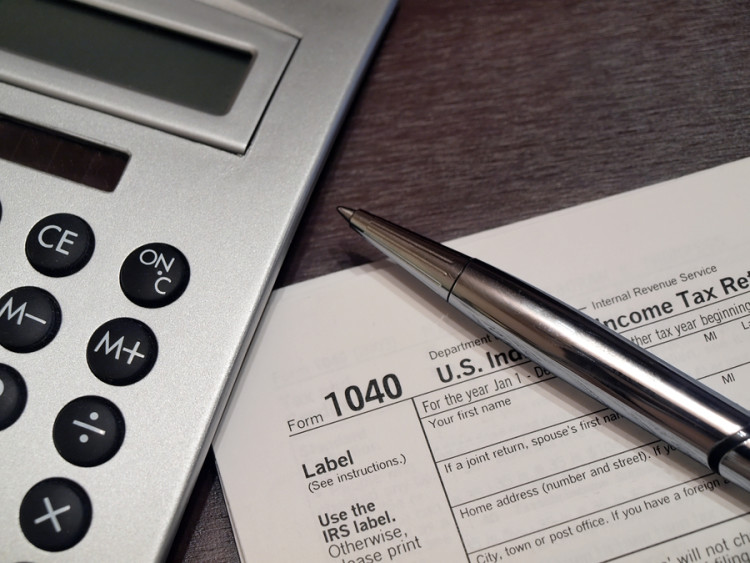Trump Is Said to Unveil 35% Individual Tax Rate, Could Go Higher

published Sep 26, 2017, 7:04:10 PM, by Anna Edgerton and Ben Brody
(Bloomberg) —
President Donald Trump and Republican leaders will announce their long-awaited tax overhaul plan Wednesday, cutting rates for corporations and pass-through business. They’ll also propose a top individual rate of 35 percent but leave to Congress the decision of whether to create a higher bracket for top earners.
The rate on corporations would be set at 20 percent, down from the current 35 percent rate, and businesses would be allowed to immediately write off their capital expenditures for at least five years, three people familiar with the plan told Bloomberg News.
The White House didn’t respond to a request for comment.
The plan will set out three tax brackets for individuals — 12 percent, 25 percent and 35 percent, down from the current top rate of 39.6 percent. But that’s not firmly set, as Congressional tax-writing committees will be given flexibility to add a fourth rate on the highest earners — an effort to prevent the overhaul from providing too much of a benefit for the wealthy.
The announcement is the result of a months-long process to craft a tax overhaul plan that was a key promise in Trump’s campaign — but marks only the start of what could be a brutal fight in Congress among lawmakers who disagree on key elements of the plan. One influential skeptic has been Senate Finance Committee Chairman Orrin Hatch, a Utah Republican, who pledged his committee would not be a “rubber stamp” for the framework.
On the international side, companies with offshore profits would be subject to a one-time tax to bring home, or repatriate, those earnings. That rate is unclear, but it would vary depending on whether the income was held in cash or less liquid investments.
So-called pass-through entities, which include partnerships and limited liability companies, would see their rate capped at 25 percent. Currently, those businesses — which can range from mom-and-pop grocers to hedge funds — pass their income through to their owners, who then pay tax based on their individual income-tax rates.
Measures would be adopted to ensure that individuals don’t recharacterize their personal wages as business income, according to the people, who asked not to be identified because the framework is not yet public.
The plan also calls for repealing the alternative minimum tax and estate tax, both of which would be a boon for higher earners and the wealthy.
In terms of middle-class benefits, the framework outlines a near doubling of the standard deduction — to $12,000 for individuals and $24,000 for married couples — and calls for “significantly increasing” the child tax credit from the current $1,000 per child under 17.
–With assistance from Sahil Kapur.To contact the reporters on this story: Anna Edgerton in Washington at aedgerton@bloomberg.net ;Ben Brody in Washington at btenerellabr@bloomberg.net To contact the editors responsible for this story: Alexis Leondis at aleondis@bloomberg.net John Voskuhl
COPYRIGHT
© 2017 Bloomberg L.P



No Comment